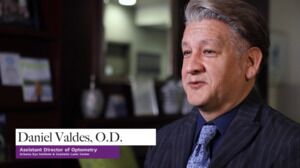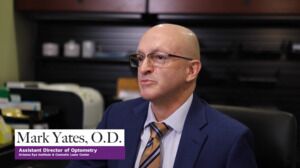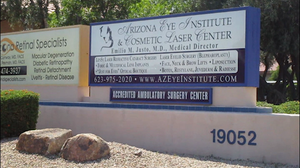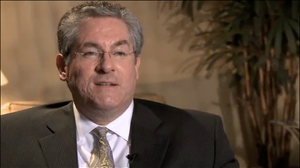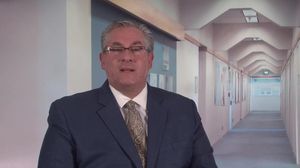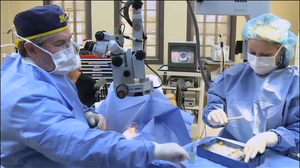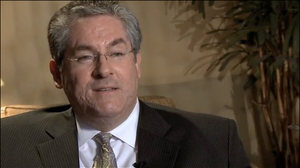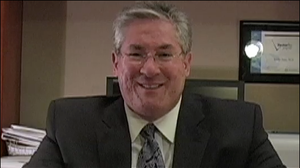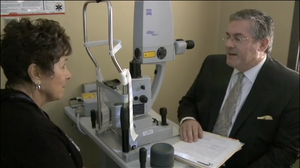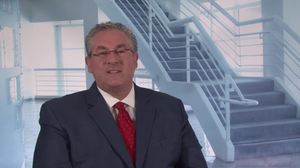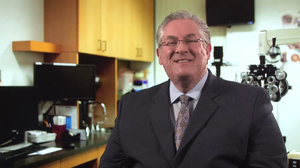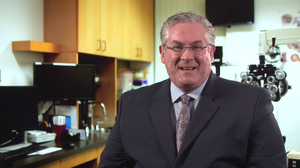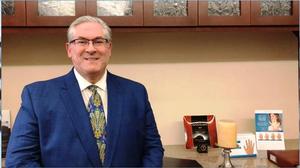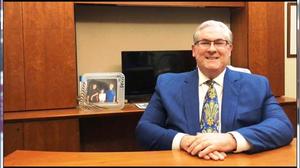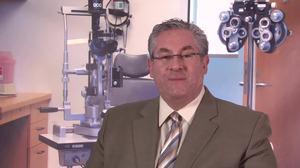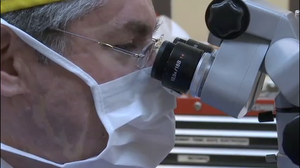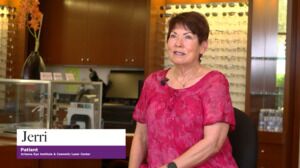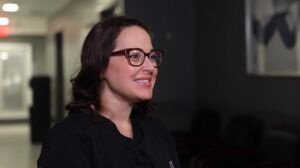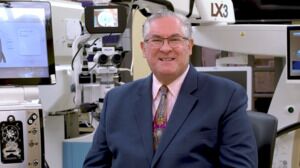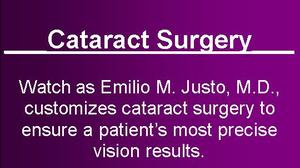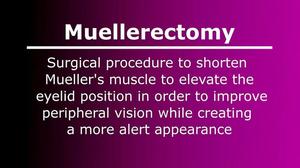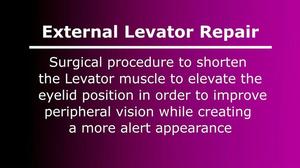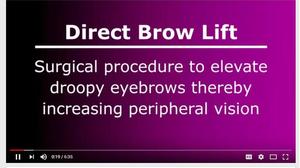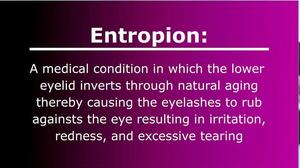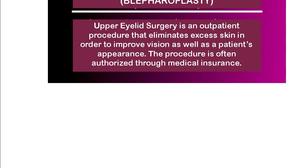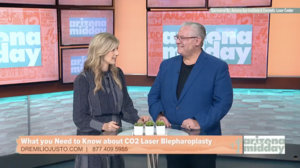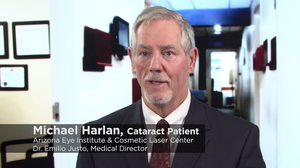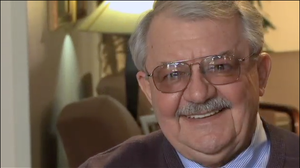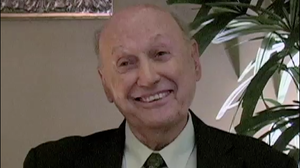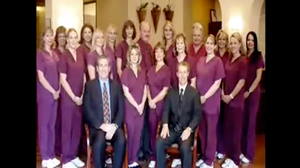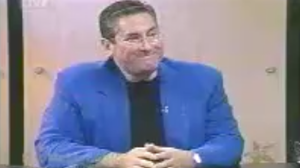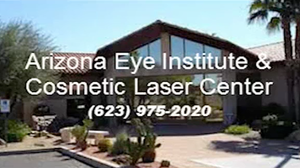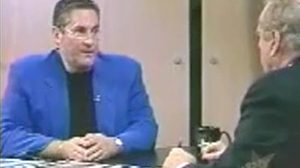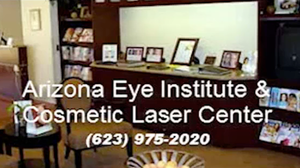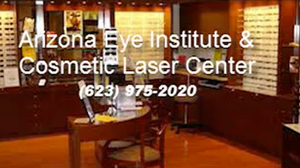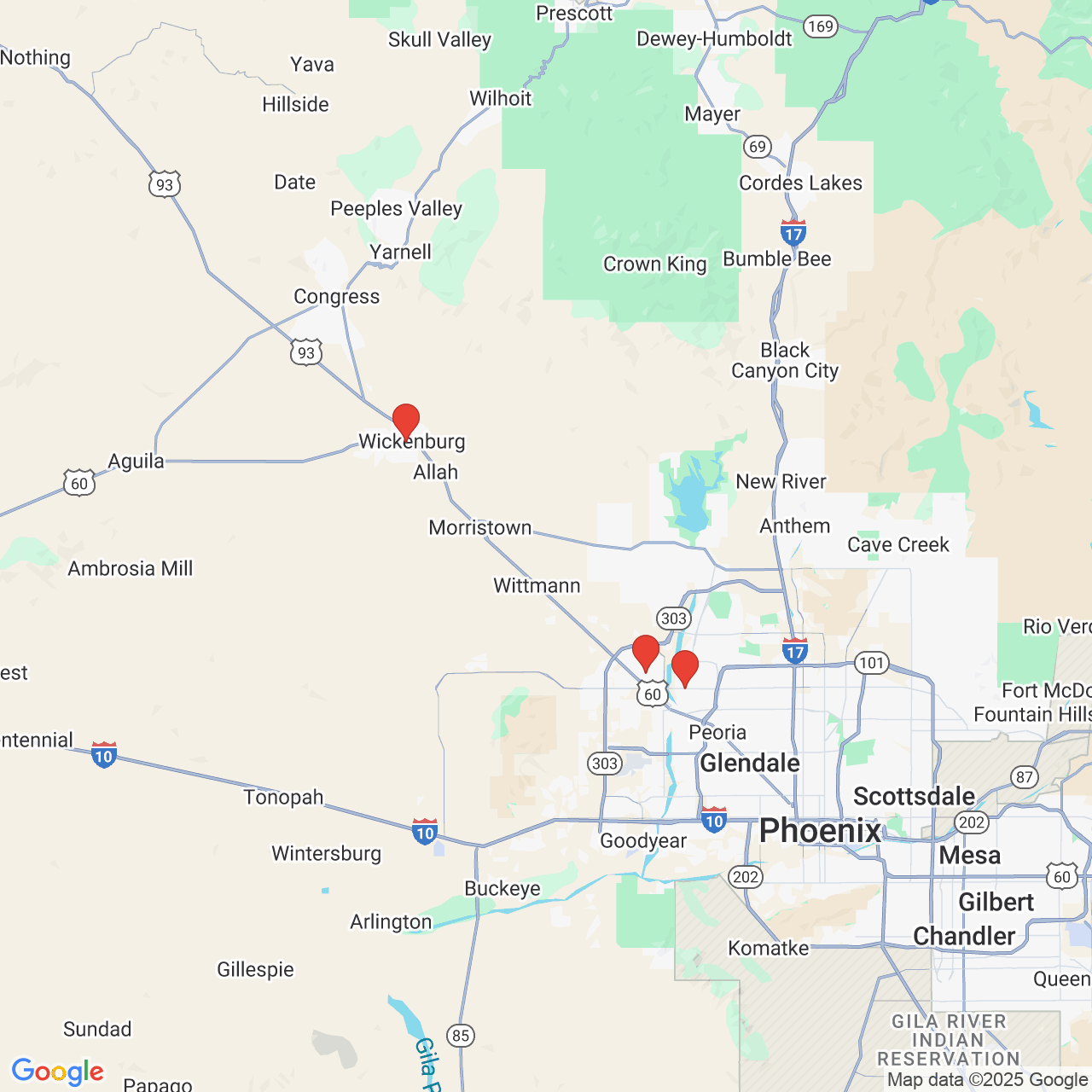Arizona Eye Institute & Cosmetic Laser Center Medical Director, Emilio M. Justo, M.D., explains the benefits of the latest cataract surgery advancements offered at our in-house surgical center. The term "cataract" means that the lens of the eye starts becoming cloudy rather than being clear, a common condition as we age. The greatest advantage of our LenSx® femtosecond laser for refractive cataract surgery is that it provides safe, reproducible, and highly efficient cataract surgery. Dr. Justo is proud to be one of the few surgeons in Arizona to offer this new technology.
Warm greetings to you. I am Dr. Emilio Justo, and since 1989 I have been the founder and Medical Director of the Arizona Eye Institute and Cosmetic Laser Center. I would like to share some important and exciting news with you regarding the latest state-of-the-art technology for refractive cataract surgery. Now before beginning, let's review the basics of what the term "cataract" really means. The term "cataract" simply means that the lens of the eye starts becoming cloudy rather than being clear or transparent. The more clouded the lens becomes, the more difficulty in our vision, whether it may be making out street signs clearly, reading print on the television, following a golf ball, or reading small print in a book. Now, some may also notice glare or starburst around lights at night. Our lens, anatomically, is located immediately behind our pupil, which is the round, black hole in the colored part of our eye. As we enter our sixties and beyond, this lens starts becoming cloudy, primarily through natural aging. Yes, there may be other predisposing factors, such as taking high-dose steroids, being diabetic, or direct trauma to the eye, but the vast majority of cataracts occur simply due to aging.
I have been performing no-stitch, no-needle, and no-patch cataract surgery since 1990. However, over the last 25 years there has been both an evolution as well as a revolution in the advancement of refractive cataract surgery technology. In my opinion, one of the greatest recent advancements has been the development of the lensx femtosecond laser to assist in providing safe, reproducible, and highly efficient cataract surgery. I am proud to be one of the few surgeons and practices in Arizona to offer this new technology.
How does the laser help facilitate the cataract surgery procedure? Well, if we simply break down any cataract surgery, there are essentially 5 main steps. The first step is creating a 2 millimeter incision in the outside corner of the eye known as the cornea to allow entry inside the eye to remove the cataract. Rather than the traditional approach of using a handheld blade or scalpel, the laser makes this precise 2 millimeter incision for us. Once inside the eye, we then view the cataract very similar to a chocolate M&M(R). Before extracting the chocolate, step 2 involves making a circular opening in the colored part of the M&M(R) known as a capsulotomy. Instead of using my hand with forceps to make the circular opening, the laser makes a highly precise and reproducible 4.8 millimeter opening in the cataract, thereby allowing access to the so-called "chocolate" in the middle. Next, for the third step, we want to remove the contents of the cataract which I refer to as "the chocolate inside the M&M(R)." First, we need to break up this chocolate into small pieces before it can be vacuumed out. Traditionally, this also is done by hand using small microsurgical instruments. With the laser, however, the laser does this entire fragmentation of the cataract in a very safe, precise, and reproducible manner.
Once the cataract is broken up into small pieces, I then use ultrasound, which emulsifies and vacuums out each piece of the cataract safely as the fourth step. The fifth and final step is then selecting and implanting the new lens that is going to replace the clouded cataractus lens, which has now been removed. The new lens is known as an I.O.L., or intraocular lens implant. These implants come in a variety of styles, which we will discuss personally to customize to your candidacy and eligibility, as well as to your final visual goals after surgery. For example, we can use standard monofocal lens implants to provide exceptional distance vision without glasses if you do not have much preexisting astigmatism. If you do have astigmatism, then I may strongly recommend upgrading to a toric lens implant, which has an astigmatism correction built into the implant to give the best far vision possible without glasses. For those individuals with little or no astigmatism, you may wish to consider upgrading to a multifocal implant to help diminish the need for eyeglasses for both far away as well as reading up close.
There are additional options we can discuss based upon your specific needs, goals, and desires. Prior to making the final selection of lens implant, I use the advanced ORA technology to provide live, laser-guided measurements of the eye, real-time during the surgery, after the cataract has been removed. This allows for the highest accuracy in selecting lens implant power as well as meticulously helping position the lens implant inside the eye. Once I have made the final selection of lens implant using the ORA, the lens implant is folded up like a taco and placed inside a tiny injector, which allows the implant to be inserted inside the eye through the 2 millimeter corneal incision, which had been made initially. Once inside the eye, the implant then slowly unfolds over about 10 to 20 seconds to its normal size, and is centered and positioned in place.
This entire process which I have discussed takes approximately 15 minutes, and is done with mild intravenous sedation to make certain that each patient has a comfortable and positive experience in our state licensed and fully accredited surgery center located in our Sun City West medical office building. As you go home, I generally do not place any restrictions insofar as bending, lifting, or exercise. You will be using prescription eye drops for a few weeks to maximally help healing of the eye.
I hope the information provided in this video has been informative, and we look forward to serving you with outstanding care, compassion, and customer service. Thank you.






